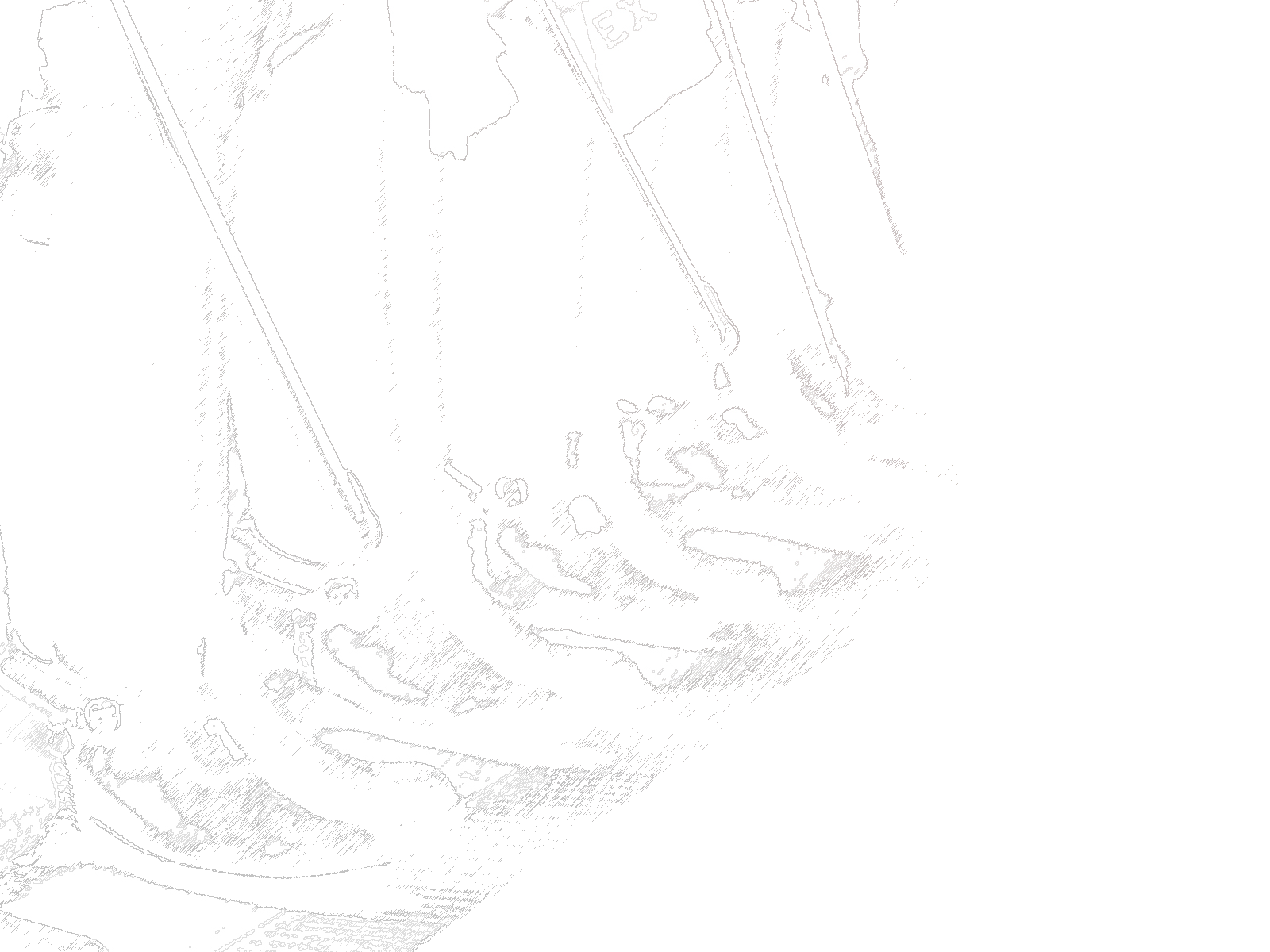Never underestimate the power of nature to adapt.
In a study released late last year, University of Wisconsin researchers revealed that hawks, once in decline as a species, have recovered in numbers substantial enough that they are successfully expanding their territories into urban areas in Chicago.
Using data from decades of sightings faithfully reported by feeder watchers like Noe, University of Wisconsin professor of forest and wildlife ecology Benjamin Zuckerberg was able to show that only 20 percent of feeder watchers in the Chicago area spotted a hawk during the 1990s. Today that number is closer to 70 percent.
“Hawks like the Cooper’s and sharp-shinned (a similar, smaller species) are classic woodland hawks,” says Zuckerberg. “They were always traditionally thought about as these species that were really well adapted to big, uninterrupted forests. They’re the quintessential woodland predators.” Which is why Zuckerberg was surprised to see numbers rising sharply in city neighborhoods. “It turns out that many of these hawks are able to use urban areas, which is sort of unusual because you wouldn’t expect them to be able to use an urban habitat.”
[…]
One factor that makes Chicago a hospitable home for hawks, Zuckerberg says, is that “they have enough prey.” Larger and more common red-tailed hawks will hunt pigeons, rabbits or rats in alleyways and elsewhere in the city — they have even been spotted hunting alongside the “L,” following trains that flush out pigeons. But for Cooper’s hawks, which typically specialize in prey about the size of a robin or dove, bird feeders are key. “Now that you’ve got a lot of people feeding birds,” says Zuckerberg, “the secret is sort of out for these hawks.”

Not surprising.
Yours truly was a resident of Brookfield for 50 years (with a short excursion to the Big City in the middle of that time.) In the years between 1950-1970, I never saw a turkey, nor a fox, nor woodchuck, nor a coyote even though we lived in an area which was barely developed, next to 20+ acres of woods, and within 500 yards of a flowing river and a 24X7 spring.
By 2000, every one of the above critters was all over the place, even though there was more development/less wooded acreage.
We moved NW by about 20 miles, and are regularly visited by American eagles, red-tailed and cooper’s hawks, and coyotes. This is a fairly dense residential area; wooded, but not heavily so. Water is easily available.
They’re hungry and the food is here!
Had a Cooper sitting in a tree 15’ from our kitchen window in February, keeping an eye on the new feeder I built back in October. I can always tell when a raptor is near: the usually-packed Avian Diner is deserted. Countless times I have found a spray of primary feathers feet from the feeder. Slow, stupid Bluejay mostly. Never a Cardinal… they’re nervous nellies to begin with. A Redtail owns the back 5, a low field surrounded by a ridge (think: frying pan, not “kettle”) rimmed with tall trees. He’s been a regular for about six years now.
Yeah, the turkeys have exploded in they last decade or so. I could feed myself all year long with the throngs that tack through the back 5 (with herds of deer for variety). And with them come the fox and coyotes. I find two or three turkey “leftovers” in the tall grass every spring/summer/fall while I’m out there spraying the Canadian thistle.
One variety of bird which hasn’t made a comeback is the ringneck pheasant. I grew up in Kenosha county and remember as a kid seeing those beautiful ground huggers all the time. Then they went away. I think I saw one in the 35 years we’ve been out here near southern tip of the Kettle Moraine.
Next to dogs, birds are my favorite creatures (except Guinea Hens, which are obnoxious).